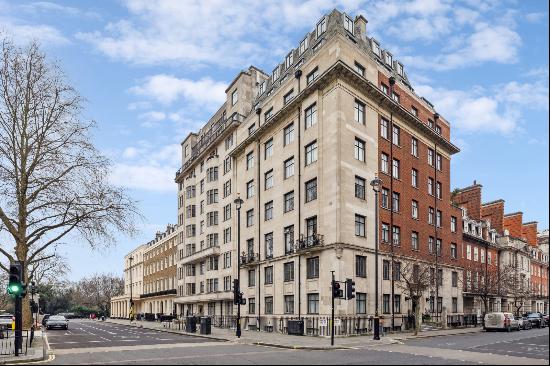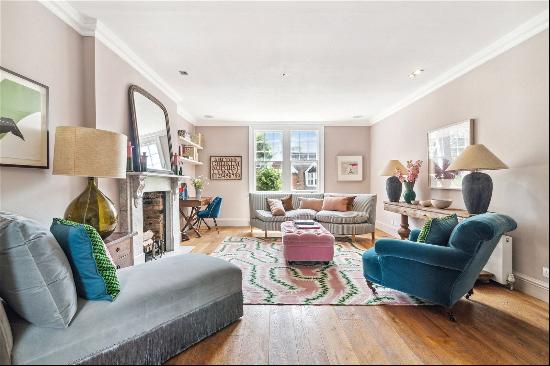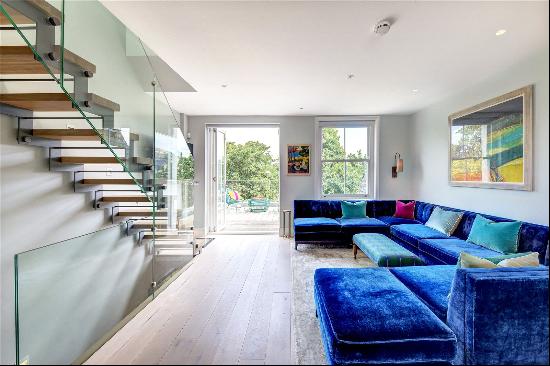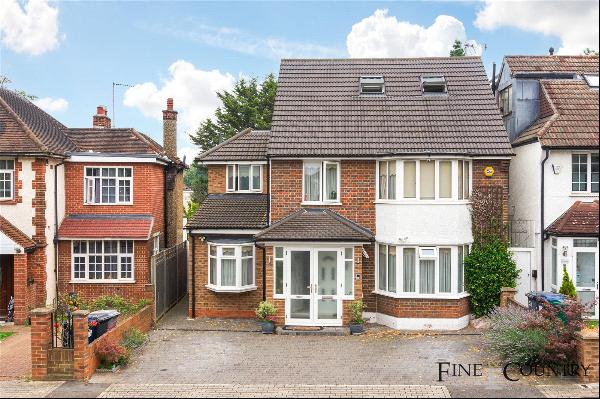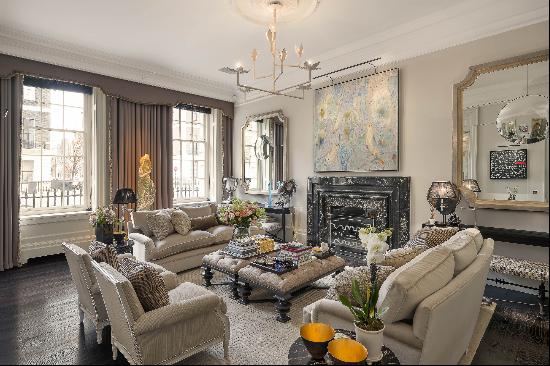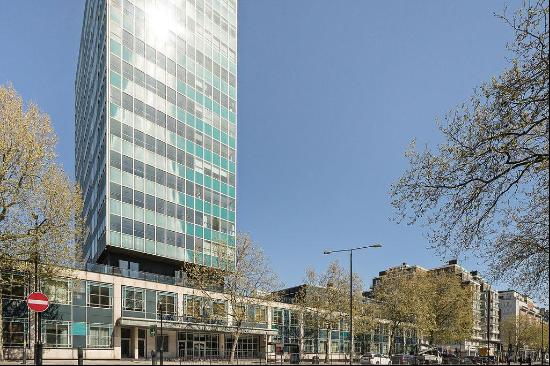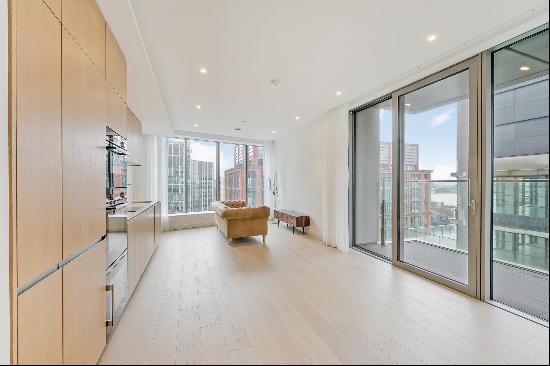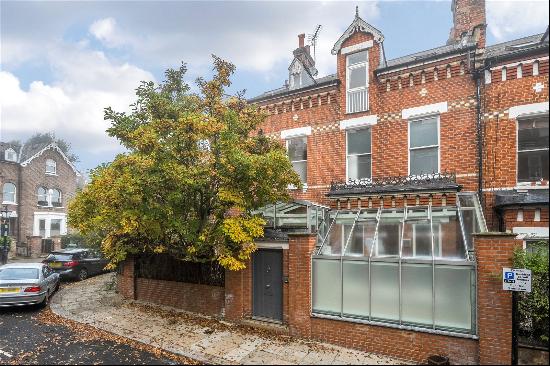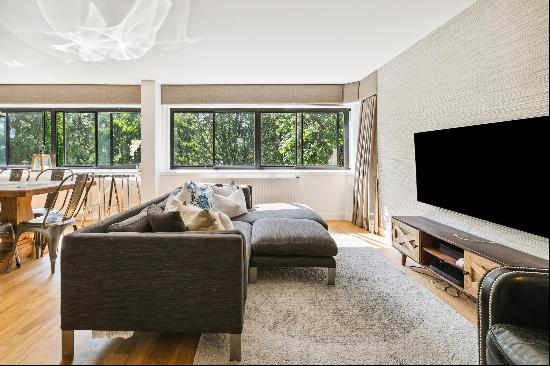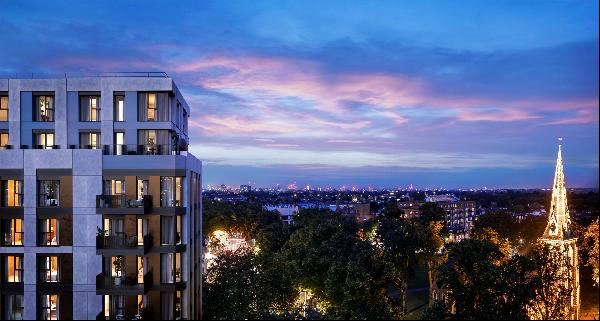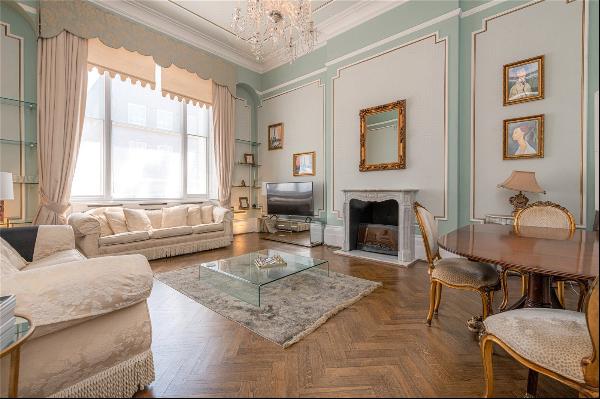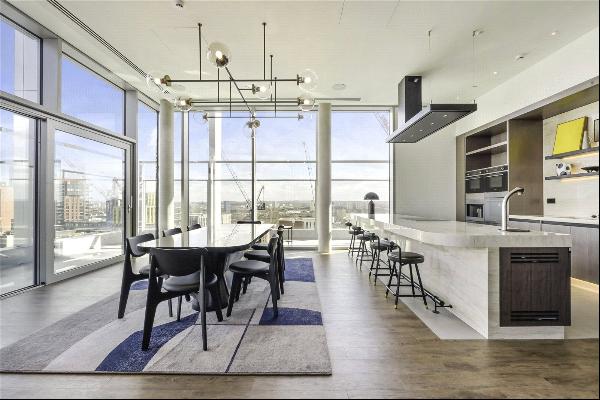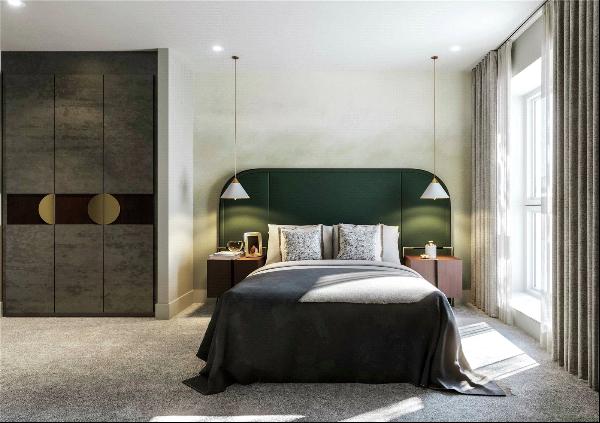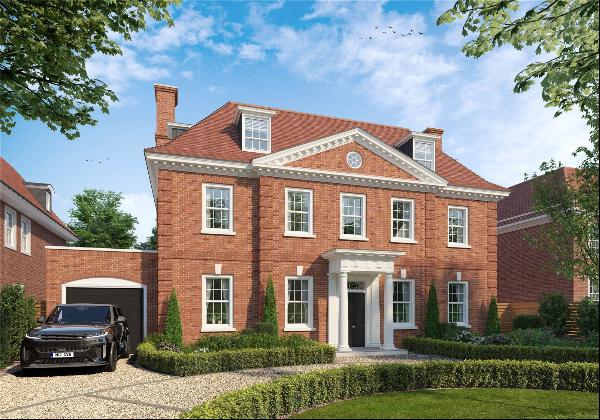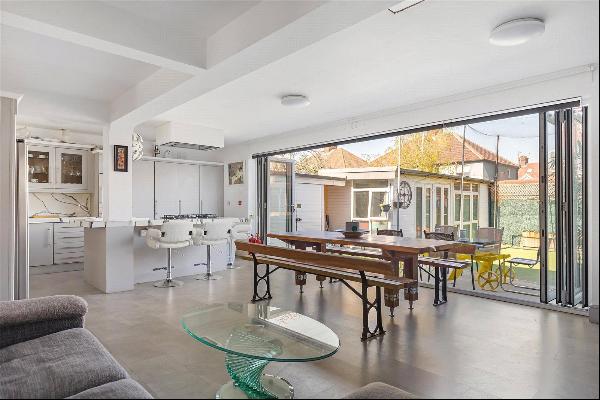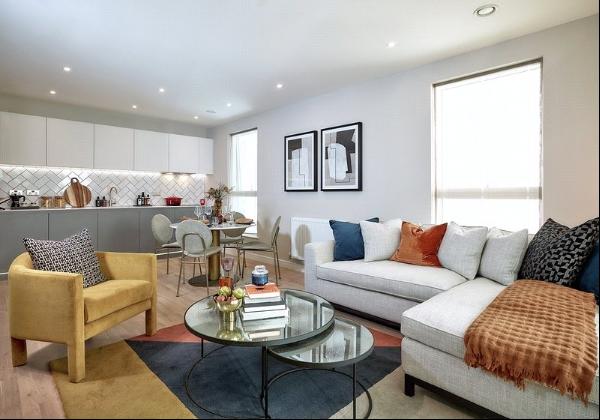
By Edwin Heathcote
Few places are as open to derision as the suburbs. They are sneered at by both urban and rural dwellers, condemned for their car-centricity by environmentalists and implicitly denounced as racist, as monocultures, or for their historic redlining.
Their architecture, the Levittowns and the Noddy boxes, the McMansions and the tract housing, the A-road Tudorbethan and the bungalows, is almost inevitably attended by images of lives lived in quiet desperation or crushing, repetitive boredom. The French phrase métro, boulot, dodo or the English notion of Metroland (suburban areas north-west of London served by the Metropolitan Railway in the early 20th century) have the aura of a failed utopia.
Whether in the depiction of a repressed existence in literature, or the images of horror and barely concealed violence in movies, the suburbs have had a raw deal. In discussions of desirable lifestyles or sustainable living, they are almost inevitably cast against the density and diversity of the city centre. Yet as cities continue their rapid gentrification and slowly become the monocultures once decried by the educated urban middle classes, we surely have to look at the suburbs, where the majority live, in more detail and with more care and less condescension.
The big question is not how we can persuade people to live in the dense, well-connected and diverse city — that job has been achieved, people would love to live there — but how to make the suburbs, where people actually live, better.
One direction is densification, making the suburbs a little more like cities. In certain wealthier and more established locations this has worked: the suburbs of London (the Metroland of the western Piccadilly Underground line or odd surviving village such as Barnes) or New York (Beacon or Bronxville), for instance, which are expensive, successful and prosperous. But this also begins to undermine the attractions of the suburb itself: the space, the greenery, the affordability, the separation even.

Another approach might be to look at Japan, where the suburbs remain hotbeds of architectural experimentation. Radical contemporary houses are set in the suburbs amid landscapes of constant change. Houses are not seen as investments here, as the Japanese fetish for newness means the next owners of the site will probably demolish and start again, so they can be perfectly — and eccentrically — tailored to clients’ tastes.
Examples include Sou Fujimoto’s designs, with their formal invention and striking transparency, or Ryue Nishizawa’s remarkable Moriyama House in Tokyo, a dwelling split into its constituent parts for a single man with a very particular lifestyle, a house tailored like a bespoke suit to an idea of life. More recent outliers such as Form/Kouichi Kimura Architects’ strangely Neo Deco and darkly sinister Slender House and Kouichi Kimura’s monolithic concrete Tranquil House, both in Shiga, show how architectural character can make a place, albeit an often strange one.
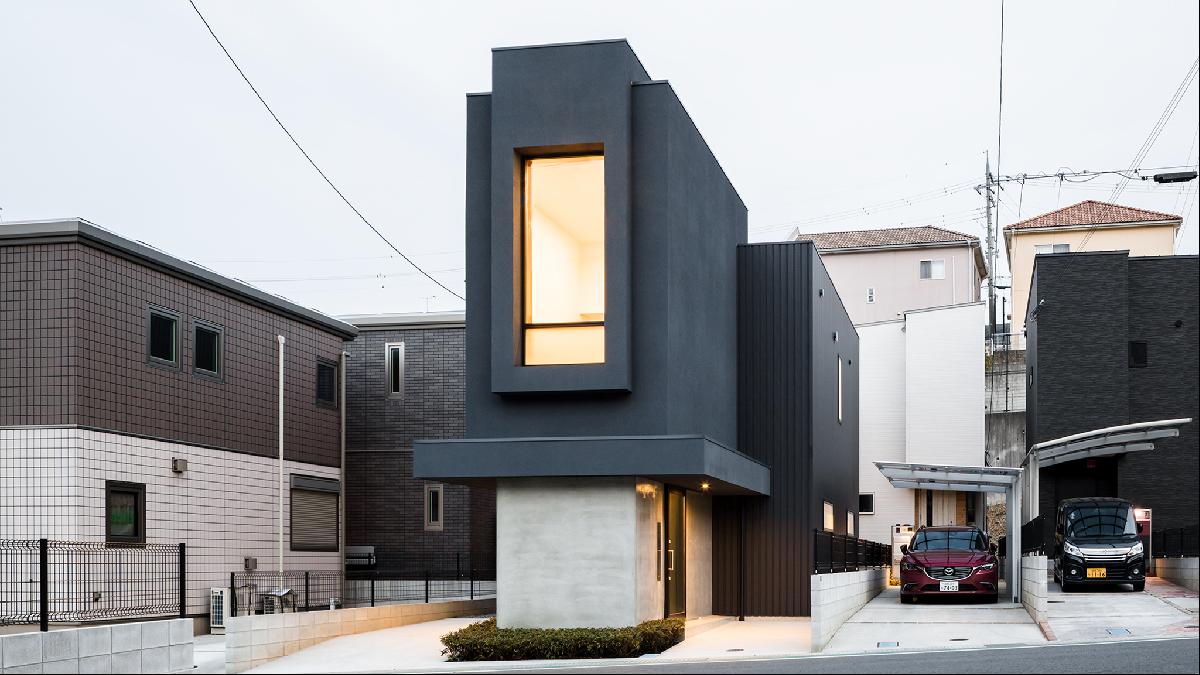
Both the US and UK suffer from the power of the mass housebuilder, with regulations making it difficult for private individuals to buy and develop land. The result is uniformity, a mass-produced landscape of bland houses making bland places. The housebuilders will argue that they are giving people what they want, which is clearly true because they are buying the homes. But if that is all that is on offer, is that a choice?
A century ago the suburbs were radical places. The first, and often finest, examples of modern architecture in the UK are to be found in Essex rather than in the capital to its west. From the modernism of the model village of Silver End with its blend of Art Deco and continental cubes that were new to Britain in the 1920s to the severe white modernism of the central European-looking housing at the Bata shoe factory in East Tilbury, through to the postwar new town of Harlow, it was a laboratory of suburban ideas.
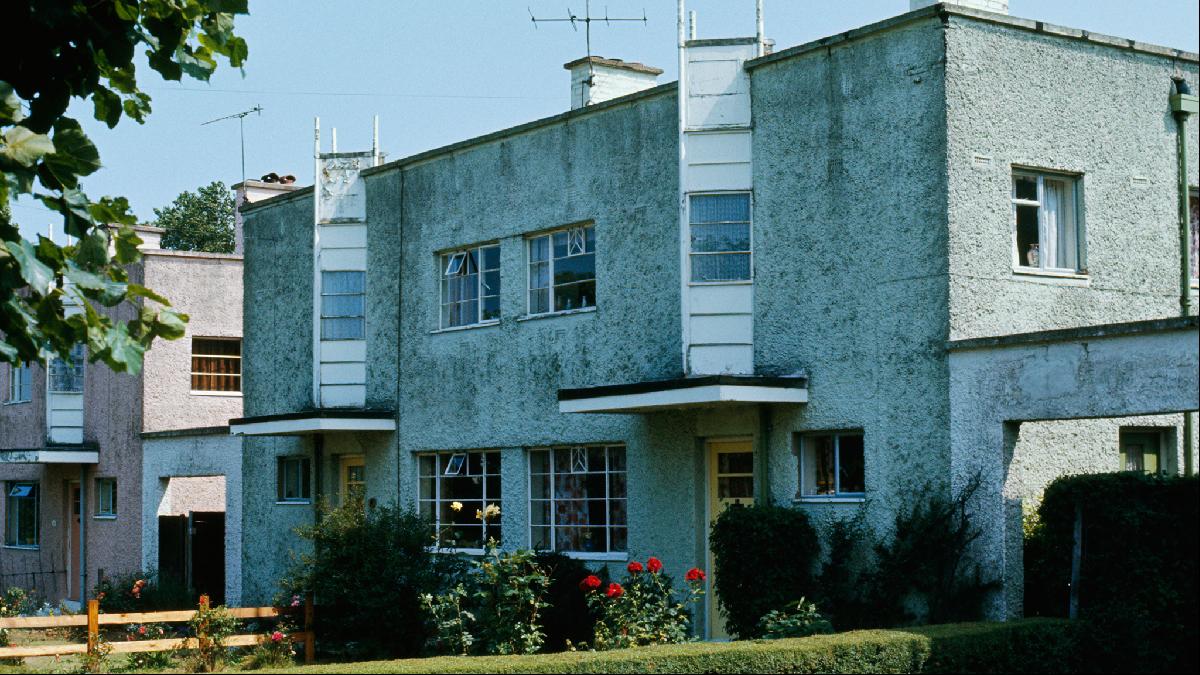
The pioneers of town planning as a discipline laid the aesthetic foundations of suburbanism with Hampstead Garden Suburb in London and Letchworth Garden City, Hertfordshire, but the socialist ideas at the heart of those ventures were later stripped out by builders who imitated the aesthetics rather than the ideology. The ideas about community land trusts and the capture of value for the good of all are conspicuously absent from modern developments beholden to shareholders rather than residents.

But what of today’s failing suburbs? All sorts of ideas are being proposed, from suburban agriculture to tech hubs. As shopping malls fail could they not be repurposed as community hubs, markets and maker spaces? The huge car parks present opportunities for myriad activities and densification.
Strip malls, too, once admired as the beating heart of a new popular architecture by Reyner Banham, Denise Scott Brown and Robert Venturi among others, might become home to small independent shops and workshops rather than identikit chain stores, community facilities rather than purely commercial concerns. It is often forgotten that the first US malls, designed by Viennese émigré Victor Gruen, were envisioned as democratically socialist affairs with facilities including kindergartens and clinics along with stores and cafés. The notion of community is present in their conception.
There are more seemingly intractable issues — the reliance on cars, the social separation, the absence of jobs in poorer suburbs — but with wit these could be addressed too. The first suburbs were conceived as self-contained communities with a degree of manufacturing and agriculture at their edges, and civic amenities at their centre. That quickly degenerated into a dormitory situation with suburbs as vast tracts of widely spaced housing with little else.
That separation, the distribution and distance has always been viewed as a problem, but what if, rather than golf-style lawns, the space between homes was planted with meadow flowers and trees? Might we not have forest suburbs that consume some of the carbon for which they are responsible and become beautiful places rather than bleak landscapes of repetition? Where they are failing could some houses not be bought up and demolished to make way for facilities that might seduce businesses away from edge cities and downtowns?
If starting again, we might not build these suburbs. The question is how they can be repaired and help to address rather than embody the problems of contemporary society, the economy and looming environmental catastrophe.
Sergison Bates’ bricky and determinedly ordinary housing in Aldershot, Hampshire, for developer Baylight is a good example of architects beginning to look again at suburban archetypes. The homes are well-proportioned, a reinterpretation of that English archetype, the semi-detached house, and arranged in an informal serpentine, a new version of the much-derided cul-de-sac. Elsewhere, the practice’s recent suburban 31-apartment block in Zurich manages to mix austerity with a kind of Swiss urbanity. Replacing a pair of single family houses, it creates a dense pair of solid brick and concrete blocks without detracting from the suburban character.
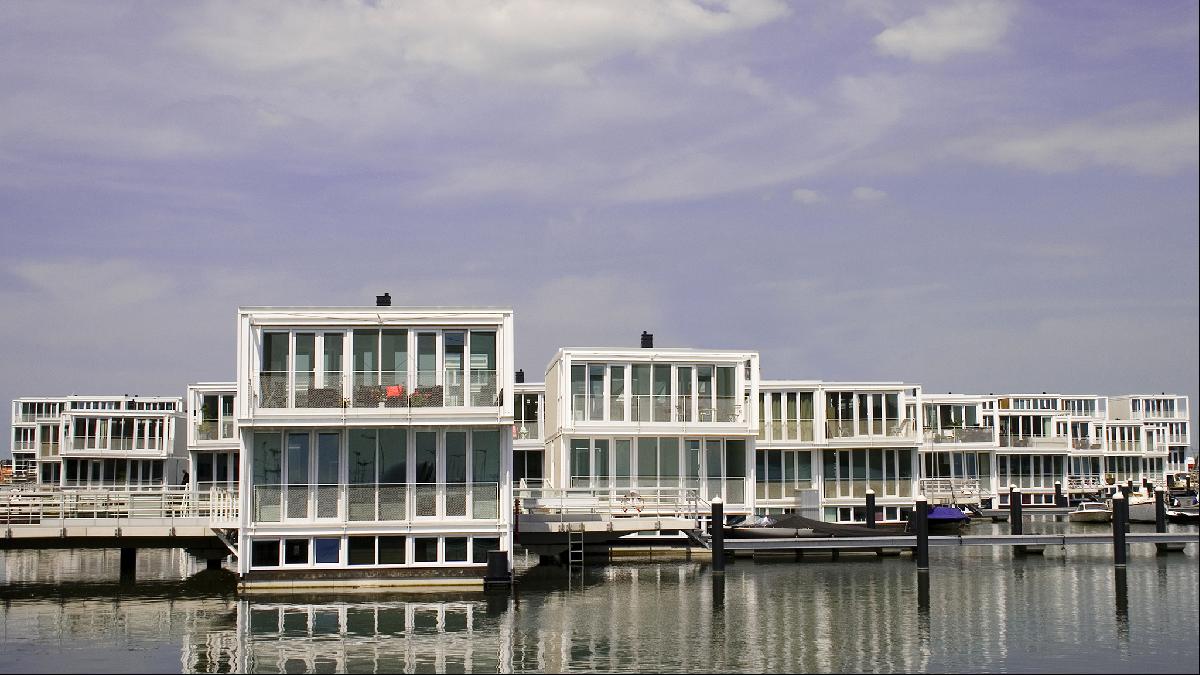
Amsterdam has reinvented its edges as floating suburbs, notably IJburg, giving acres of room to architects to do something genuinely different. The suburbs are working with, rather than against, the environment and projected changes in sea level.
Whether we patronise them or aspire to them, suburbs have become the default mode of living in most of the world. If architects and urbanists fail to address the suburban situation through snobbery they become part of the problem.
Search for homes in Bronxville on FT Property Listings.
Photographs: Dreamstime; Norihito Yamauchi; Office of Ryue Nishizawa



